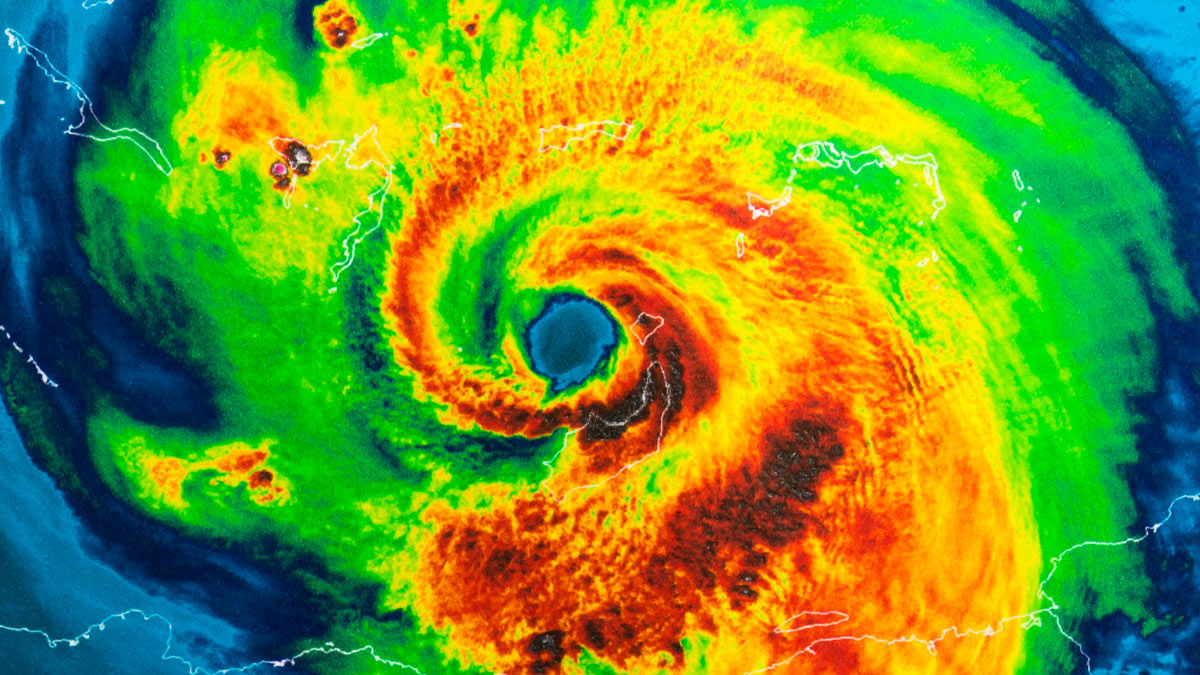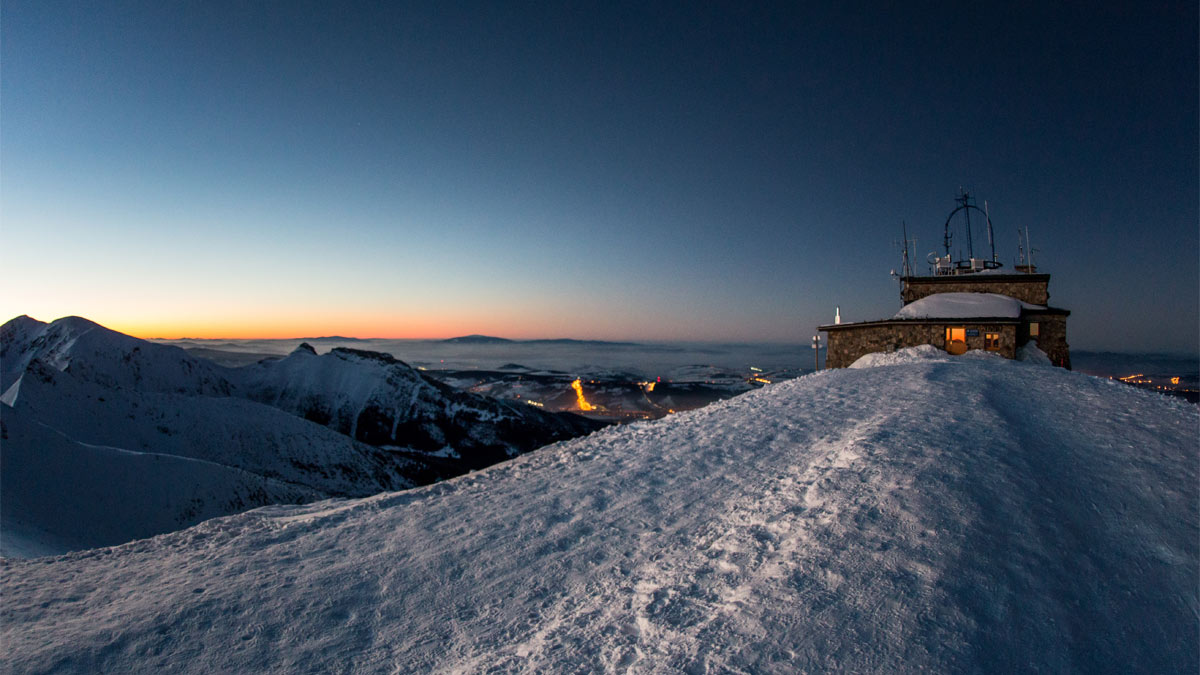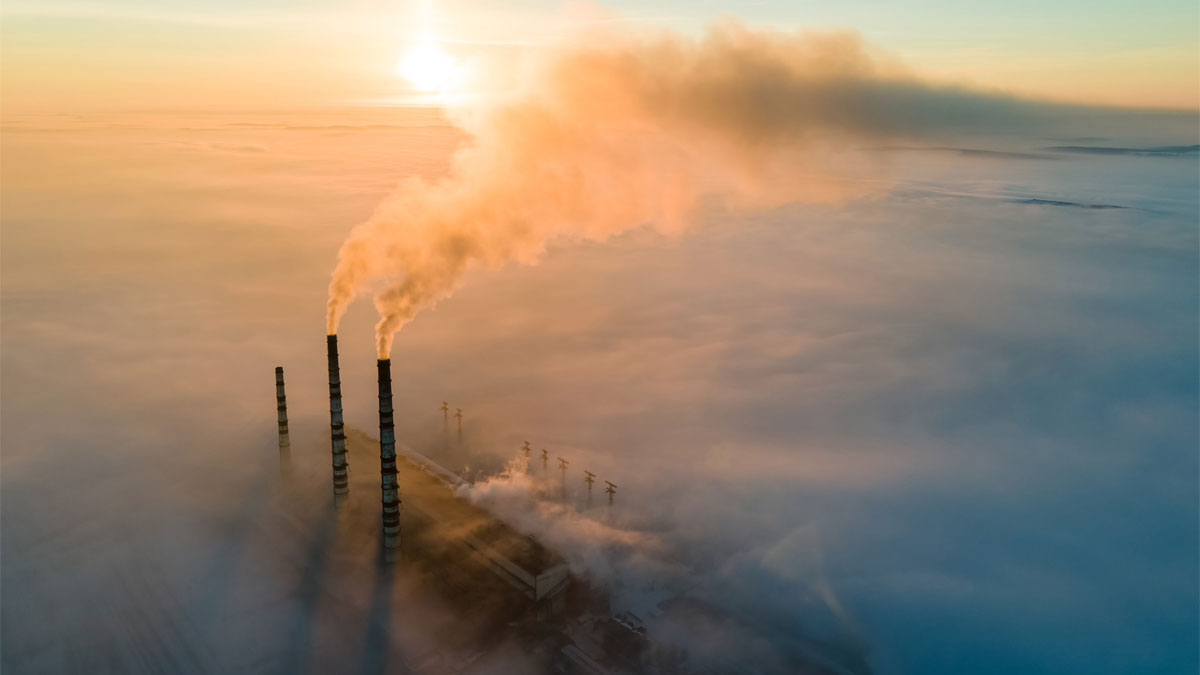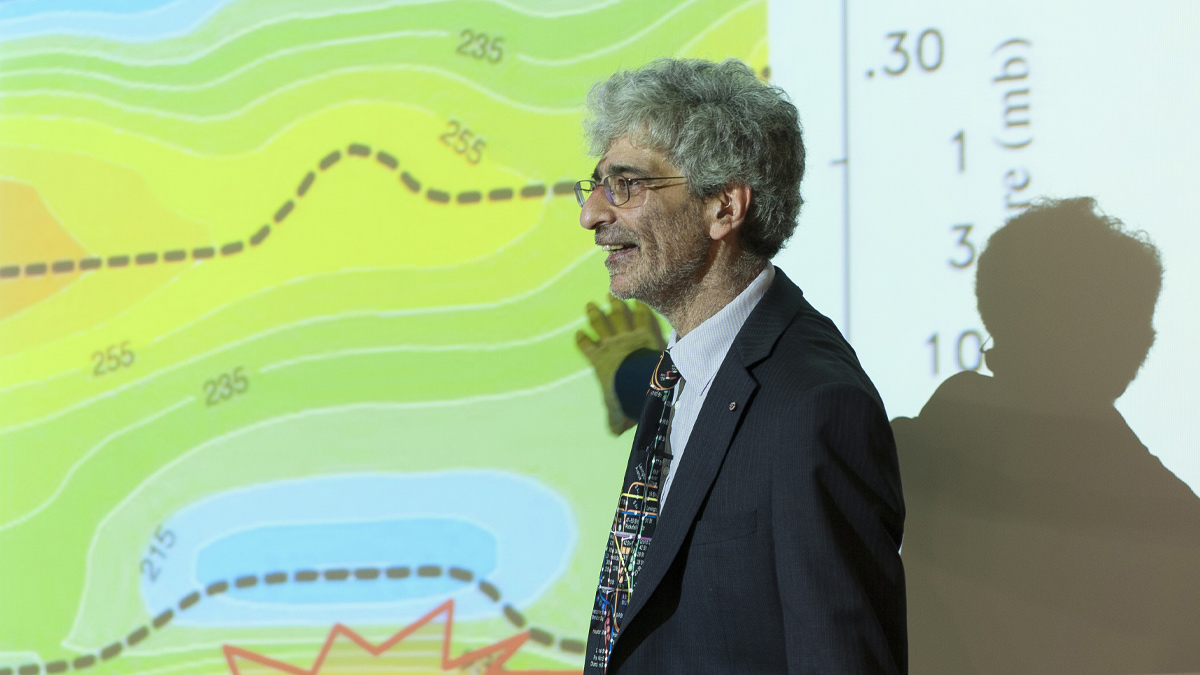
Undergraduate study
Develop and apply your mathematical and scientific skills to environmental issues of global importance. You'll learn from internationally renowned staff with a wide variety of expertise.

Master's study
Gain the knowledge and skills to excel in your career in the meteorological and climate science sectors, and beyond. You'll acquire subject-specific expertise and valuable transferable skills.

PhD study
Join a large and vibrant research community, where you'll work alongside academic staff and a thriving group of postdoctoral researchers.

Our research
Our pioneering research informs how governments, industries and communities respond to complex environmental issues.
*Reading is 1st out of the UK universities ranked in the ShanghaiRanking 2024 Global Ranking of Academic Subjects.

Meet the team




